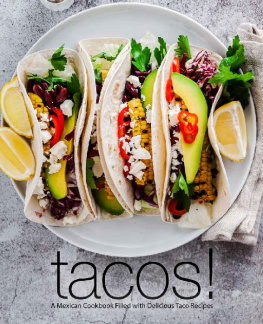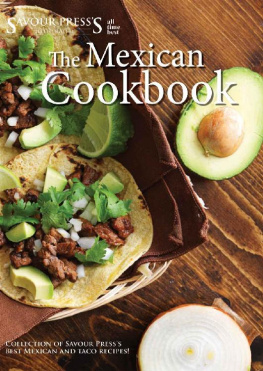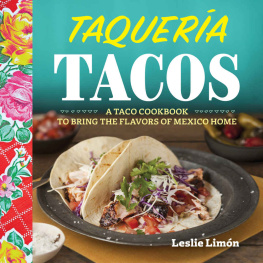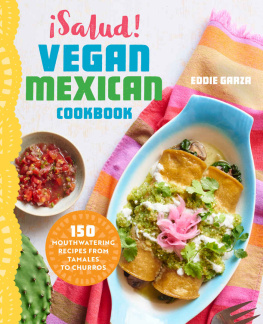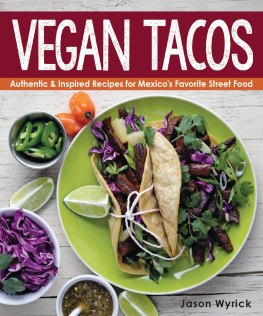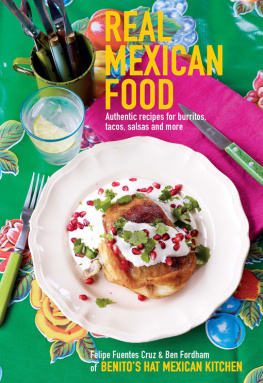
Copyright 2012 by Roberto Santibaez. All rights reserved.
Published by John Wiley & Sons, Inc., Hoboken, New Jersey.
Published simultaneously in Canada.
No part of this publication may be reproduced, stored in a retrieval system, or transmitted in any form or by any means, electronic, mechanical, photocopying, recording, scanning, or otherwise, except as permitted under Section 107 or 108 of the 1976 United States Copyright Act, without either the prior written permission of the Publisher, or authorization through payment of the appropriate per-copy fee to the Copyright Clearance Center, Inc., 222 Rosewood Drive, Danvers, MA 01923, 9787508400, fax 9786468600, or on the Web at www.copyright.com. Requests to the Publisher for permission should be addressed to the Permissions Department, John Wiley & Sons, Inc., 111 River Street, Hoboken, NJ 07030, 2017486011, fax 2017486008, or online at http://www.wiley.com/go/permissions.
Limit of Liability/Disclaimer of Warranty: While the publisher and author have used their best efforts in preparing this book, they make no representations or warranties with respect to the accuracy or completeness of the contents of this book and specifically disclaim any implied warranties of merchantability or fitness for a particular purpose. No warranty may be created or extended by sales representatives or written sales materials. The advice and strategies contained herein may not be suitable for your situation. You should consult with a professional where appropriate. Neither the publisher nor author shall be liable for any loss of profit or any other commercial damages, including but not limited to special, incidental, consequential, or other damages.
For general information on our other products and services, or technical support, please contact our Customer Care Department within the United States at 8007622974, outside the United States at 3175723993 or fax 3175724002. Wiley publishes in a variety of print and electronic formats and by print-on-demand. Some material included with standard print versions of this book may not be included in e-books or in print-on-demand. If this book refers to media such as a CD or DVD that is not included in the version you purchased, you may download this material at http://booksupport.wiley.com.
For more information about Wiley products, visit www.wiley.com.
Library of Congress Cataloging-in-Publication Data
Santibanez, Roberto.
Tacos, tortas, and tamales : flavors from the griddles, pots, and street-side kitchens of Mexico / Roberto Santibaez, JJ Goode, Todd Coleman.
pages cm
ISBN 978-1-118-19020-3 (hardback); 978-1-118-28103-1 (ebk.); 978-1-118-28104-8 (ebk.); 978-1-118-28105-5 (ebk.)
1. Cooking, Mexican. I. Goode, J. J. II. Coleman, Todd, 1973- III. Title.
TX716.M4S2674 2012
641.5972--dc23
2012006650
Printed in China
10 9 8 7 6 5 4 3 2 1
Cover and interior photography: Todd Coleman
Cover and interior: Designed by Memo Productions
Introduction

As you walk the streets of Mexico , youd be forgiven for thinking that all we Mexicans do is eat. To your right is a cluster of makeshift stalls called puestos , smoke rising into the air smelling of charred beef and sizzling pork. You gawk as one vendor tucks salty bits of steak into tortillas and splashes on a little salsa, while another piles browned, juicy chorizo onto crusty rolls. Across the street, women preside over huge pots of esquites , a tremendously delicious snack of big starchy corn kernels cooked with epazote and topped with mayonnaise, cheese, and powdered chilea trio almost as popular here as beans, rice, and tortillas. Others hawk slices of mango, cucumber, and jicama dressed up with salt, a good squeeze of lime, and, of course, plenty of chile. Then, WHOOSH! A bike rushes past carrying a basket of tacos sudados , a giant jar of salsa precariously attached to the basket by wire. Then you spin on your heels as a melancholy whistle sounds. It signals that the camote man has arrived with his pushcart, selling syrupy sweet potatoes and plantains drizzled with condensed milk. So evocative is the sound that my mom made it her cell phone ringtone.
It was in this food paradise that I grew up. Id walk the bustling streets of Mexico City with my mom, hoping we would stop for a quesadilla or tamale on our way from somewhere to somewhere elseeven occasionally on our way to dinner. Mexican food has developed a reputation for being complicated and inscrutable to outsiders, thanks in part to a few notorious moles, but the food of the street is often as simple as it is delicious.
Strange as it may sound, we Mexicans dont necessarily consider all of these treats to be street food, as Americans do. Sure, there are some foods you more or less find only on the streets, but in Mexico, where so much of life takes place outdoorsin bustling squares, open-air markets, and restaurants whose seating spills onto the sidewalkthe street is a surprisingly expansive concept. Even tacos, the archetypal street food, are just as often enjoyed in proper restaurants as they are beside a man and his sidewalk griddle.
A better definition, then, might be everyday food. Its food that Mexicans eat in one form or another every single day of our livesthe cinnamon-spiked strawberry smoothie I often make for breakfast or buy at the licuado stand, the slow-cooked lamb on tortillas that friends gobble down after work, the sandwiches made from leftover beans and cheese that our grandmothers make for lunch.
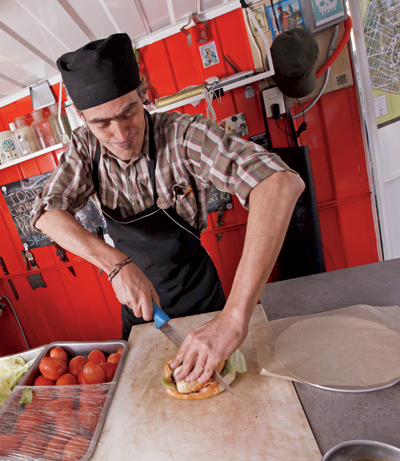
While working on my previous book, Truly Mexican , I found that limiting my scope (in that case, focusing on sauces) helped illuminate a cuisine that easily overwhelms outsiders with its awe-inspiring diversity. I also found that grouping similar dishes into families underscored the similarities, the techniques and ingredients that united the recipes. I applied the same logic here. I aimed my telescope at a particular culinary solar system and zoomed in on three constellations that are particularly close to my heart: tacos, tortas, and tamales. By focusing one chapter on tortas , the fantastic family of Mexican sandwiches, for instance, you take away not just recipes for classic tortas and the fundamental techniques that make them transcendent, but also the knowledge that nearly anything can become a torta and the skills to ensure your own creations are incredibly tasty.
While Ive grouped these three items to accentuate that which unites them, youll be struck by the incredible variety within each chapter. Remember, before Mexico was a unified country, the landmass was home to dozens of indigenous peoples, who even today retain their heritage through culture, language (dozens of distinct languages are spoken in modern Mexico), and, of course, the foods they eat. Even I occasionally forget the extent to which this defines contemporary cooking. Ive eaten food cooked by two women who grew up in towns just minutes apart and was shocked to observe how different it was. I asked why, and it turns out that one of the women is Mixteca and the other is Zapoteca, two different indigenous groups. It is this diversity that makes Mexican food so endlessly fascinating, even for someone like me, who has spent decades studying it.
Besides the tacos, tortas, and tamales, Ive also provided recipes for several other categories of everyday treats. There are salsas and condiments meant to enliven members of the main trio as well as your own daily meals. There is a colorful array of beverages, from the fresh fruitfilled aguas frescas and licuados that youll find in Mexicos markets to the thick, warm drinks called atoles, ladled into cups from streetside pots, and even a few alcoholic treats that youd sip from stools that spill onto squares. And finally, there are a bunch of unbelievably easy-to-make sweets, like one-pot coconut rice pudding, lime sorbet, Mexican-chocolate ice cream, and blend-and-serve mango cream with fresh berries. In general, the recipes in this book embrace the inherent simplicity that makes Mexican cooking magical, those dishes for which all you do is combine a handful of ingredients in the right way and suddenly, you have big, bold, brilliant flavor.
Next page


